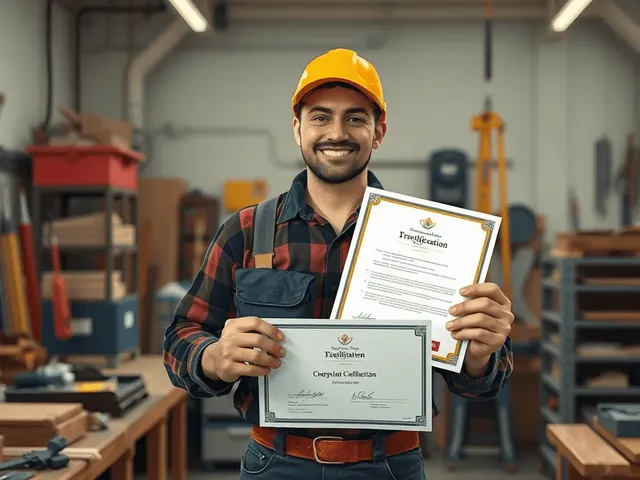RPL Certification Australia: How It Helps Trade Workers Get Qualified?
Trade professionals in Australia often possess years of hands-on experience, but many lack formal qualifications that reflect their skills. This gap can limit career growth, earning potential, and job security. Fortunately, RPL Certification Australia offers a streamlined pathway for trade workers to convert their real-world experience into nationally recognized qualifications. This recognition opens doors to new employment opportunities, better wages, and the chance to meet regulatory or licensing requirements without repeating what they already know.
What Is RPL Certification?
Recognition of Prior Learning (RPL) is a process that evaluates a person's existing knowledge and skills, gained through work or life experience, against the competency standards of a specific qualification. In the Australian context, RPL is governed by the Australian Qualifications Framework (AQF), ensuring that qualifications obtained through RPL hold the same value as those earned through traditional education. RPL is particularly valuable for trade workers who have mastered their craft on the job but lack formal credentials.
Benefits of RPL for Trade Workers
RPL Certification Australia provides several key benefits for those working in trades. First and foremost, it allows experienced workers to gain official recognition without having to attend lengthy courses or training programs. This means they can continue working while undergoing the RPL process, saving both time and money. Additionally, having a formal qualification increases employability and may be required for certain job roles, contracts, or licensing applications. For migrants or workers with international experience, RPL can validate overseas skills and make them more competitive in the Australian job market.
Who Can Apply for RPL?
RPL is ideal for individuals who have extensive experience in their trade, whether gained locally or overseas. Eligible candidates include carpenters, electricians, plumbers, mechanics, bricklayers, and many others in similar fields. Typically, applicants should have a minimum of two years’ relevant work experience. Supporting evidence, such as job references, work samples, photographs, and other documentation, is used to assess their competencies against industry standards.
How the RPL Process Works?
The process begins with a pre-assessment, where a qualified assessor evaluates whether the applicant's experience is sufficient for RPL. If the initial review is positive, the candidate gathers evidence of their skills and experience, which may include employment history, qualifications, licenses, references, and examples of completed work. The assessor then matches this evidence to the relevant units of competency for the desired qualification. If all requirements are met, the candidate is awarded a nationally recognized certificate. The entire process can often be completed in a matter of weeks, depending on the complexity and completeness of the evidence provided.
Popular Trade Qualifications through RPL
Many trade qualifications can be achieved through RPL Certification Australia. These include the Certificate III in Carpentry, Certificate III in Plumbing, Certificate III in Electrotechnology Electrician, Certificate III in Bricklaying/Blocklaying, and Certificate III in Automotive Mechanical Technology. Each of these qualifications aligns with industry standards and helps individuals meet the legal and professional criteria for working in their trade in Australia.
Conclusion
RPL Certification Australia is a powerful tool for trade workers who want to formalize their experience and advance their careers. By transforming practical skills into formal qualifications, RPL empowers workers to access new opportunities, improve job security, and gain professional credibility. For anyone with trade experience and no formal recognition, RPL is a pathway worth exploring.
